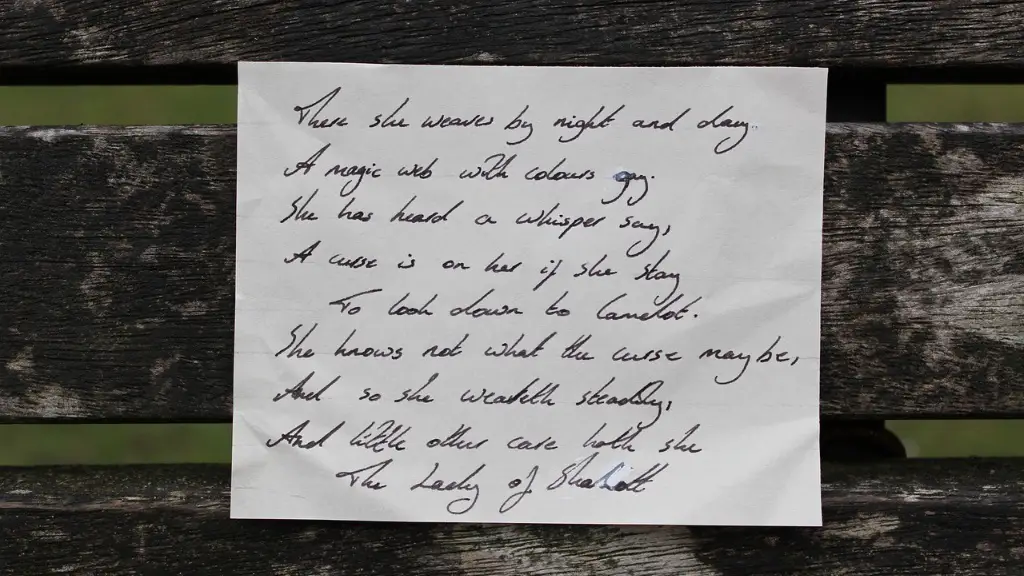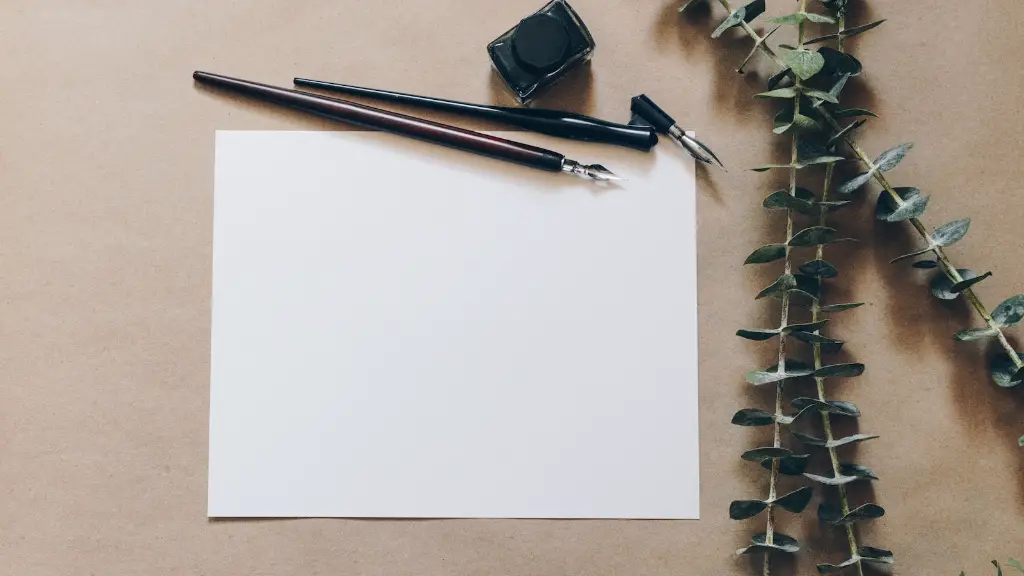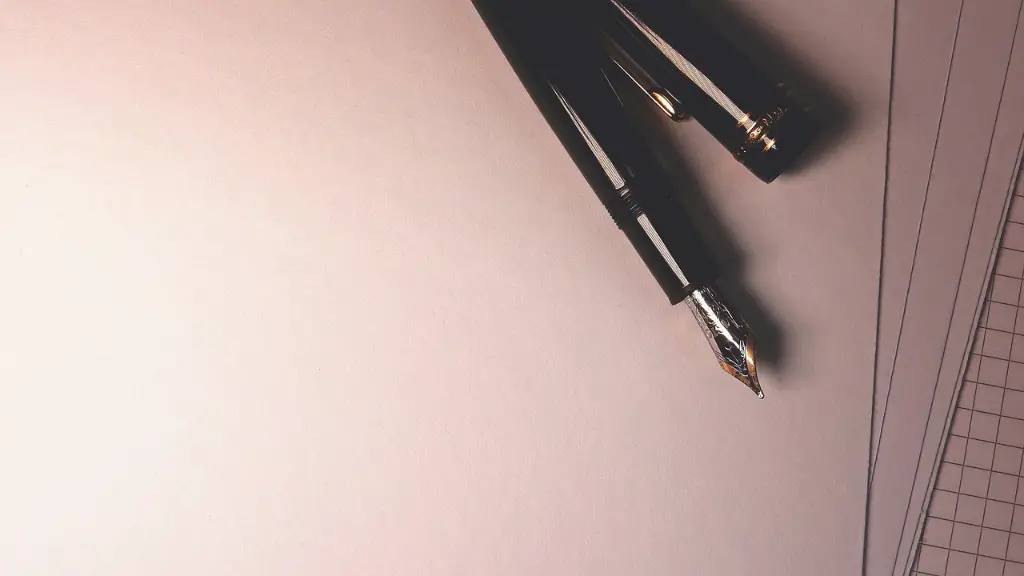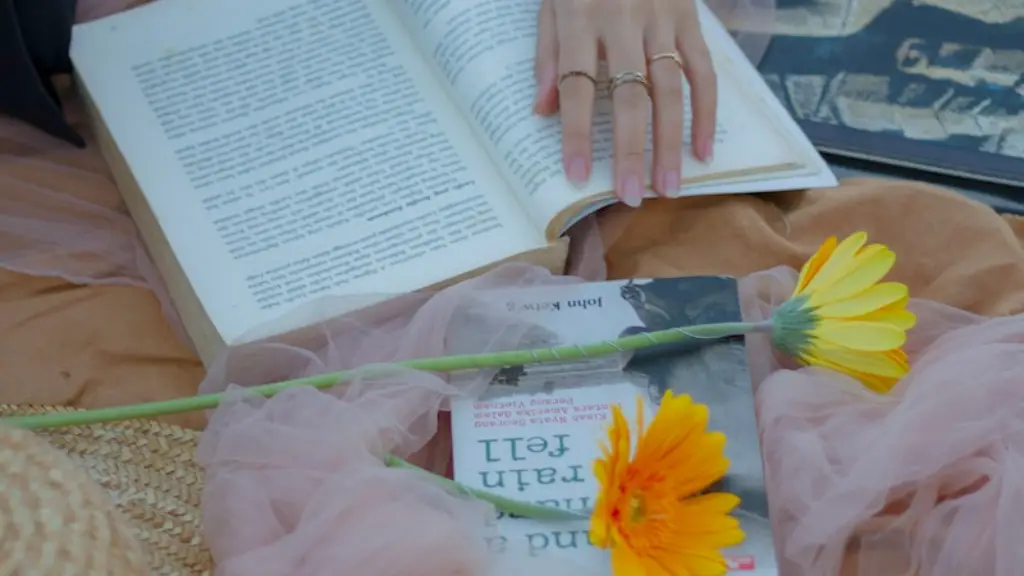Understanding Poetry
Poetry is one of the most ancient and emotional forms of writing, yet often a difficult one to learn. To write well, one must have an understanding of the different types of verse, as well as the use of imagery and metaphor. A poet must also be creatively driven, paying close attention to the meter, rhyme scheme, and acoustics. In order to create a well crafted poem, it is important to develop a strong handle on these elements and to understand the purpose of them.
Poetry goes beyond just the written words on the page. A good poem conveys an emotional connection with the poem’s content, using words to draw from the reader’s own experience and feelings. To evoke this kind of emotion, a poet must find and express a specific type of language that resonates with the reader and honors the poem’s content.
In order to understand the process of creating a poem, it is important to read as much poetry as possible. Thoroughly immersing oneself in literature helps to create a poetic frame of mind, as well as a strong sense of the poet’s voice. By understanding the work of the many renowned poets, one can identify the basic elements of poetry, as well as how the structure of each poem supports and contributes to the overall content.
By being observant, thoughtful, and creative, one can begin to learn the ropes of crafting a good poem. While some may be intimidated by the prospect of writing poetry, learning it does not have to be daunting. With dedication and an understanding of what makes a poem powerful, anyone can get into writing poetry.
Developing Ideas
To be a successful poet, one must learn how to identify, understand, and develop ideas into full blown poems. This process begins with taking the time to think, to consider what it is that one wishes to write about. What interests you? What are you passionate about, and what inspires you? Jotting down ideas in a notebook is a good way to begin this process and spark the creative juices.
After settling on the general topic for a poem, the next step is to get down to the actual writing. Keep a notebook handy and write down any and all thoughts that come to mind about the subject. Make sure to examine each idea from all angles and perspectives, even if it doesn’t feel relevant to the poem in the beginning. Building out a robust idea through details and imagery can bring depth to the poem and provide a clearer vision of what the poem is to convey.
To get the creative juices flowing even further, consider observational writing. Observe and consider the minute details that make something unique or that go unnoticed, such as the way a blade of grass is glistening in the sun, or a new color of paint on an old building. All of these details can add valuable content to a poem.
When beginning to write, make sure to not censor yourself. You don’t need to worry about grammar, structure, or even making complete sense. Writing the thought down can serve as the foundation for further brainstorming. Exercise self editing and refine the idea, but don’t be afraid to take chances and throw convention out the window.
Choosing Structure
Once ideas have finished forming, the next step is to decide on a particular structure for the poem. Consider the length and meter of the poem, as well as what kind of rhythms you can use to enhance the content. Is the poem to be written in a traditional form such as a sonnet or villanelle, or one of the more modern styles such as free verse or a BlankVerse?
When deciding on the structure, the most important thing to consider is how the poem reads aloud. Does the structure make sense in its shape and form, or does it leave the reader wanting? Is the rhythmic pattern pleasing to the ear? Does it cut off at the best moment? The more thought and attention paid to the intricacies of the structure, the smoother the poem will read for the listener.
Understanding the common use of language also goes a long way in deciding the best structure for a poem. For a more traditional structure, focus on the use of punctuation and alliteration. Consider which words are important, and how they link to one another. This can help create a rhythm that ties the entire poem together, and ties the language of the poem to its content.
While this step can take time and rely heavily on experimentation, it’s also the most rewarding. Knowing what structure to use and how to use it to creates the best poem is an art form in itself.
Adding Metaphor/Imagery
The use of metaphor and imagery are essential tools for a poet, as they can help to convey difficult emotions and paint a vivid backdrop for the poem’s ideas. This can help the reader more effectively connect with the poem and its content.
Make sure that when searching for metaphor and imagery for a poem, the language is relevant to the subject matter. Consider not only the denotation of the words, but also the connotations that they evoke. Is the language vivid and attention grabbing? Are the metaphors clean, creative, and meaningful?
The use of metaphor and imagery goes well beyond just the inclusion of poetry-specific language. It is important to consider how the poem looks on the page itself, as well as how structures such as indentations and line breaks can convey further meaning or emotional resonance.
At the end of the day make sure you don’t overthink it; a poem should feel right, and if it doesn’t then it is not yet finished. Take the time to take a step back and look at the poem objectively; you may find that there is something missing, or a certain part of the poem needs to be rearranged. Making changes, no matter how small, can give the poem an extra light of life.
Considering Acoustics
Poetry should be experienced by the ear as much as the eye. Before considering a poem finished, make sure to read it aloud to ensure it has a pleasing pattern and cadence. Push boundaries, see how far you can stretch out the language, or how soft you can whisper it. This can help to inform which words to switch, or how long of a pause is needed.
Also consider the sound of any words that have double meanings within the context of the poem. Words like “tear” or “fear” can have different connotations depending on if they are spoken softly or loudly. Different pronunciations and intonations of words can bring out meaning and emotion that wouldn’t have been there before. Make sure the poem flows with these vocal ebbs and flows.
When crafting a poem, poets must have an understanding that the poem will be heard by more than just themselves. To create a poem that resonates and that connects with an audience, it is important to make sure the sound of the words marry with the sound of the emotions they intend to convey.
Using Prior Experience
Experienced poets harness a variety of techniques to evoke emotion and meaning in their work. What made previously written poetry grab your attention? Was it the use of line breaks, rhyming patterns, or imagery? Additionally, what elements made you put the poem down, or feel disengaged? By understanding where and why you responded, it can help guide your writing.
When deciding what methods or stylistic choices to use in a poem, consider the context of the topic, as well as the voice of the poem. Keeping a separate notebook for ideas and techniques can be helpful at this stage, as can jotting down any techniques from previously read poems. Placing scrap paper on the wall and keeping a visual map of ideas can also be beneficial, as it helps to effectively get all of the ideas out of your head.
To be successful, poets should pay close attention to the tools used in previous poetry. Identifying and understanding the key elements of any poem can help a poet create a style and voice all of their own. This is an incredibly freeing experience.
Building Confidence
When writing poetry, it’s important to believe in oneself and to remain confident no matter the situation. Building confidence only comes with practice and dedication, and by holding on to that idea each and every time a poem is written.
It can be helpful to join a local writer’s group or attend readings to help gain familiarity with the language of poetry. Joining in on critiques and workshops can also provide beneficial advice and tips, as can having a poetry mentor to offer guidance and support throughout the poet’s journey.
At the same time, make sure to accept any new poem with open arms, no matter how strange and new it may feel. In order to grow and become a stronger poet, it is necessary to take chances and practice the craft often. With that mindset and by throwing judgments out the window, any writer can begin to build confidence in their abilities.
Publishing & Sharing
After the poem is written, and the confidence is there, it’s time to show it to the world. Consider submitting the poem to a publication or having it featured at a local reading. If feeling extra daring, make a video or arrange a reading of the poem, or even create a short play based off of it. The opportunities to showcase one’s work are infinite and can bring a sense of accomplishment.
It’s also important to remember that poems can’t exist in a vacuum. Reach out to other poets and form a supportive network. Join an online forum or a meetup group to find others who share your interests and passions. This is a great way to make connections, get feedback on one’s work, and to enjoy the pleasure of writing with somebody else.
Poetry can be intimidating, but it doesn’t have to be. Practice, learn, and do not be afraid to take risks. Writing poetry is one of the most beautiful experiences that exists and can be used to express emotions and ideas that otherwise may not have a voice.





